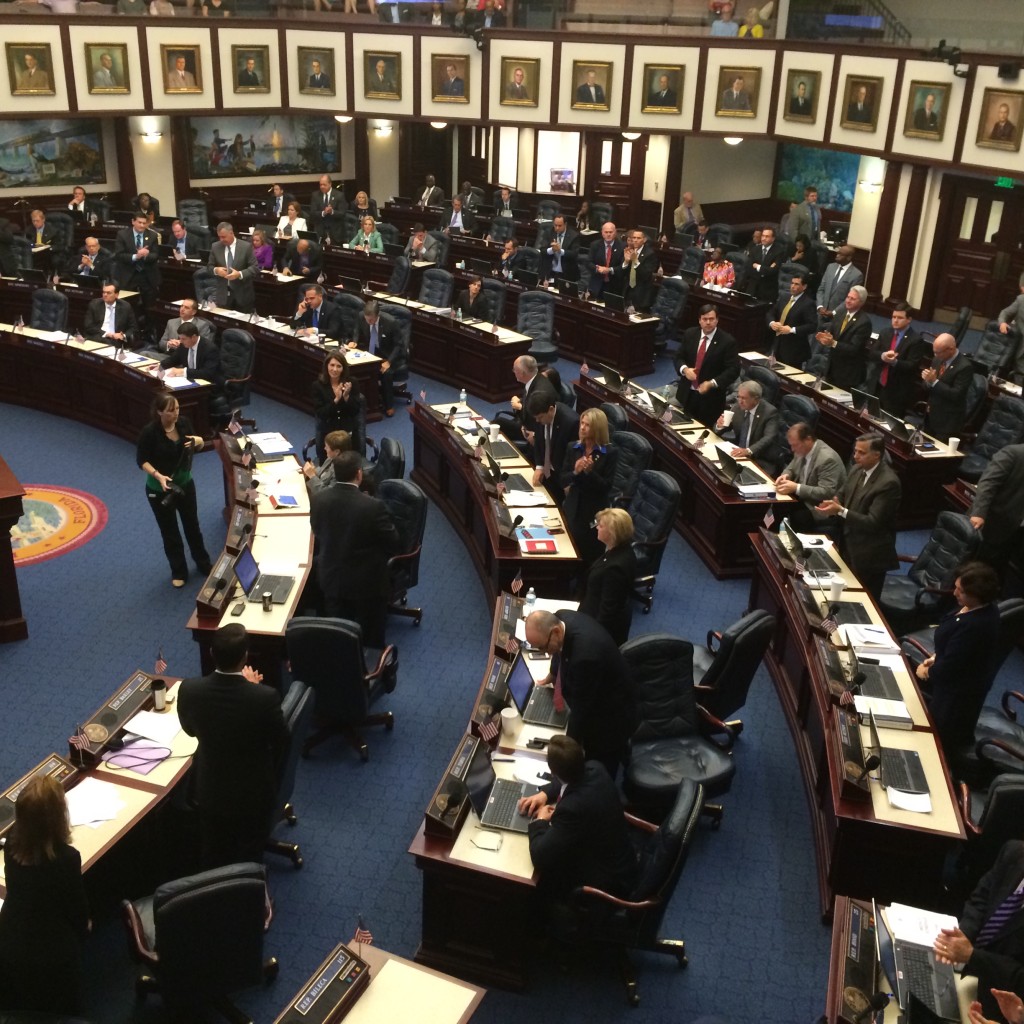
At Tallahassee, in 1959, four hoodlums accosted a young couple at gunpoint and took the woman away to rape her seven times.
The criminals were white. The victims, students at Florida A & M University, were black.
The perpetrators were tried, convicted and imprisoned. This made news worldwide; whites who raped blacks were rarely arrested, much less punished in the South in those days.
But the jury in that case also voted to spare them from the electric chair.
Not far away, at Marianna, another jury had decreed the death penalty for a 16-year-old black accused of raping an elderly white woman.
On the day the Tallahassee four returned to court to be sentenced to life in prison, the judge at Marianna granted a new trial to the black teenager, who promptly pleaded guilty. Without a jury, the judge had the discretion to sentence him to life, which he did.
It was apparently prearranged.
The defense attorney had argued that the judge had erred in instructing the jury.
The judge could have left that issue to the Florida Supreme Court. But, though Florida would continue to execute blacks for rape, on that occasion one conscientious judge refused to let a black kid die while four white rapists began marking time toward parole.
This history comes to mind with the news of the 38-year sentence imposed on Ethel Anderson, a former Hillsborough County schoolteacher, for sex acts with a 12-year-old boy she tutored on weekends.
She was sentenced in the same courthouse where Debra Lafave, another ex-teacher, escaped with no prison time after pleading guilty eight years ago to sex with a 14-year-old boy.
Anderson’s fate contrasts nearly as vividly with the 10 years imposed three years ago on former teacher Stephanie Ragusa. Among three other recent Hillsborough cases of teacher sex with students, the Tampa Bay Times reported, only one went to prison, and only for three years.
Florida’s sentencing guidelines system was supposed to discourage such glaring disparities. Obviously, it isn’t working. When Anderson arrives at Ragusa’s prison, they’ll have notes to compare.
According to Anderson’s attorney, even the guidelines would have allowed as few as 15 years in her case, which her pre-sentence investigation recommended.
There are, of course, distinguishing factors in these cases.
Different judges, for one.
A younger victim, for another.
According to trial testimony, Anderson was aggressive in pursuit of the boy.
There were fewer details in Lafave’s case because there was no trial. Her victim and his mother agreed to a plea bargain — house arrest and probation — to spare him from having to testify.
But that’s not all.
Lafave is young, white, a photogenic blue-eyed blonde and occasional model whose attorney infamously said, in effect, that she was too pretty to send to a woman’s prison; it would be like “putting a piece of raw meat in with the lions.”
Anderson is biracial; her complexion is brown. She’s not unattractive, but she looks overweight and would not be confused with a professional model.
So this is what it looks like to the world beyond those respective courtrooms:
A 31-year-old black woman is serving 38 years while a photogenic white blonde who got no prison time is appealing to the Supreme Court to terminate her probation early.
For remarkably similar crimes.
There seems to be no end to these teacher sex disparities. Four years ago in Pasco County, a woman got sex offender probation for sex with a boy.
But from Citrus County, nearby, a male band teacher who was caught with a 17-year-old female student is serving nine years in prison.
I know that man. My sons were in his band at Southside Fundamental Middle School in St. Petersburg. He was a superb teacher. What a waste.
No two people are precisely alike; no two criminal cases are exactly the same. Sentencing judges need discretion and should use it.
But it does not excuse these offenders to say that such vast inequalities are flat-out wrong.
A proper parole process could rectify them. Unfortunately, it didn’t work that way in Florida, and there is no longer any parole. Inmates sentenced since it was abolished must serve 85 percent of their terms.
Anderson is 31. In her case, that’s tantamount to a life sentence.
This is not right.
Florida needs to re-establish parole.



